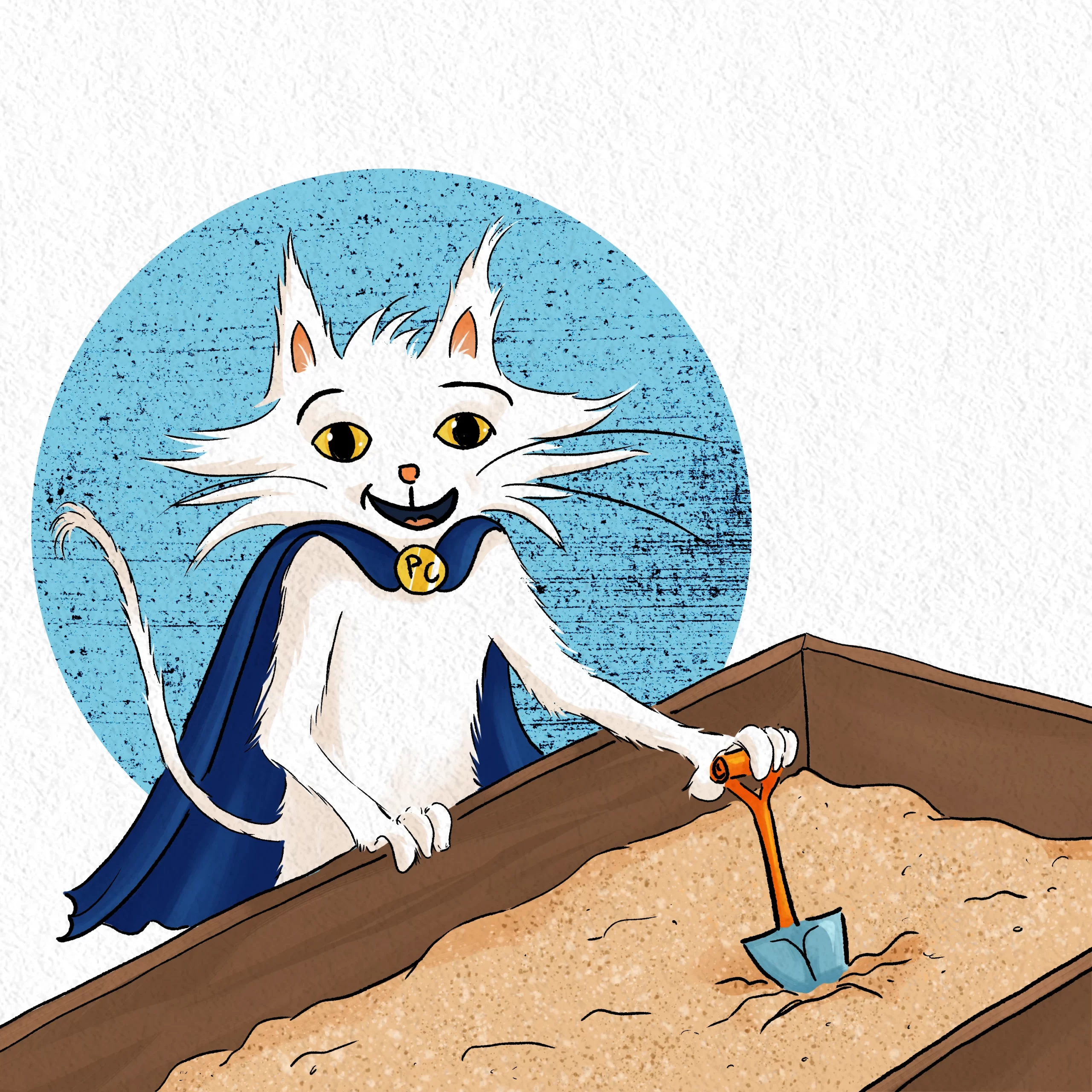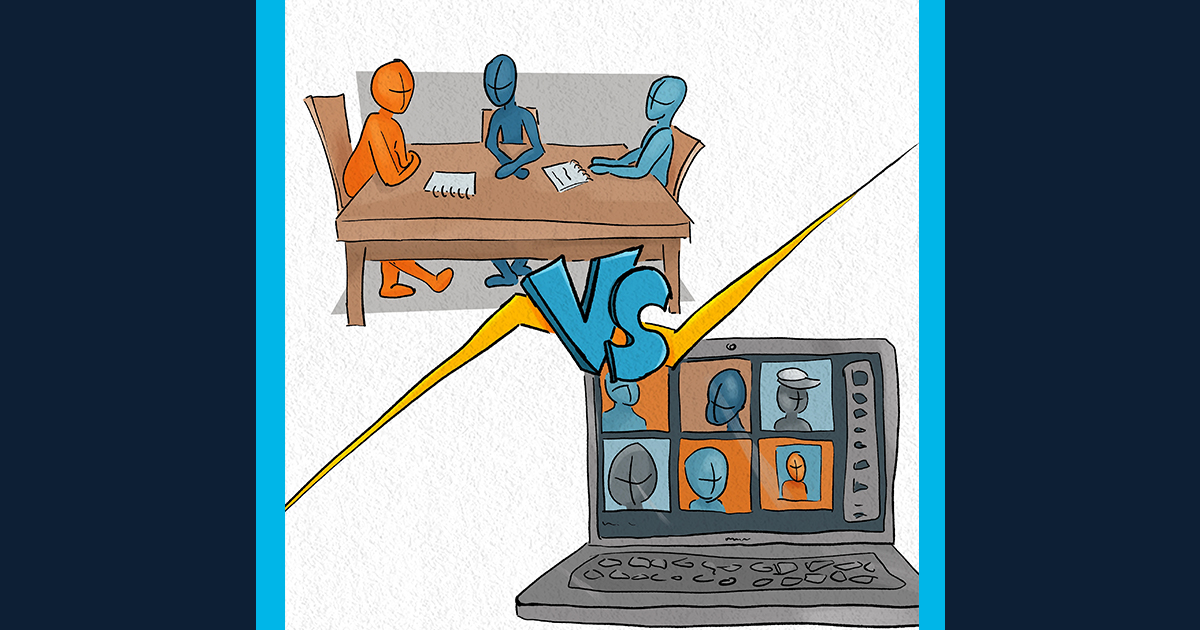Don’t let Not Invented Here (NIH) Syndrome get in your way!
You as an entrepreneur (or manufacturer or maker or craftsperson or small business owner or whatever you call yourself) probably pride yourself on being open to new ideas. And not without reason – you probably ARE far more open to innovation than the average person.
But did you know that even creative, entrepreneurial types are still prone to biases?
Gary didn’t realize that at first…
If you’re a regular here at Zattatat, you know that Gary is a 40-something who works full-time (semi-remote) as an accountant, but also has a side business as a baker. And if you’re a SUPER regular, you know that his absolute favorite thing to bake is cookies.

Anyway, recently Gary and his bakery staff were having a problem with the way their cookies were baking when it rained. (Gary lives in Southern California, where it rarely rains.)
Fortunately, Gary had a friend-of-a-friend from a humid part of India who was in town for business and was happy to drop in, take a look at things, and offer some suggestions.
BUT…
NIH Syndrome got the better of Gary!
…and he didn’t even listen to his contact’s ideas and give them a fair chance, simply because his own bias prevented him from considering the perspective of a colleague who lived in another country and worked for another company.
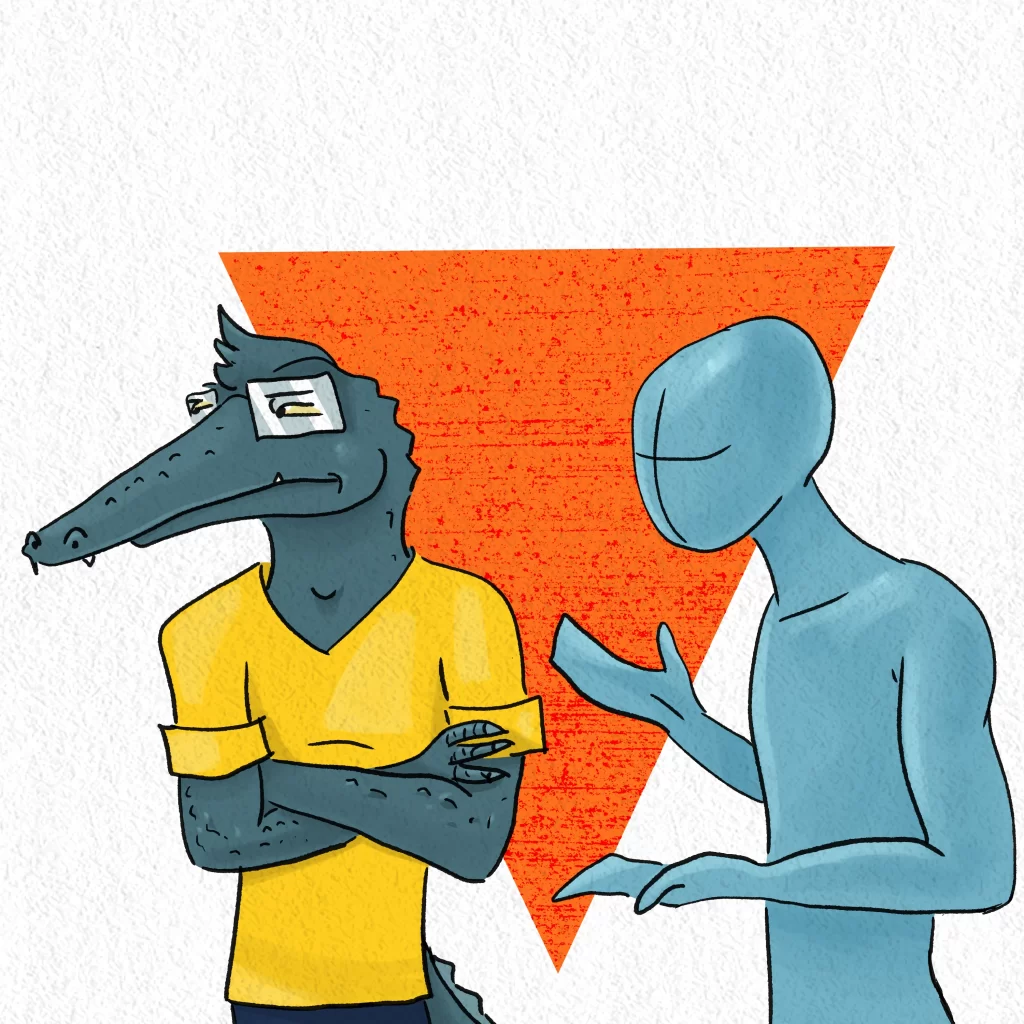
Anyway, luckily for Gary, he chose to visit his friend Process Cat in New York and ask him some questions during a walk in the park.

Yes, Not Invented Here (NIH) Syndrome is a real and pervasive problem.
First coined in the 1980s by Katz and Allen, Not Invented Here Syndrome is basically a bias against ideas that did not come from within your own organization; or if your organization has multiple locations, it can even be a bias against ideas that came from other branches, especially if we’re talking about branch locations in multiple countries or even on multiple continents.
It’s been well-documented that people at all levels have a tendency to disregard or discount ideas that came from “away” – frequently to their own detriment!
Process Cat was happy to tell Gary all about the history of NIH Syndrome during their very pleasant walk in the park.
But did this problem get discovered in the 1980s only to disappear with the decrease in travel costs and popularization of the Internet in the intervening decades?
Surprisingly no.
NIH Syndrome is still very much alive and relevant. In fact, a recent article in MIT Sloan’s review covered it almost as though it were a brand-new problem!
And you’re probably going to be surprised by this but..
Not Invented Here Syndorme is counterproductive
Yeah just kidding, of course it’s counterproductive to your business to discount ideas just because they aren’t your own or didn’t come from someone you know personally.
Luckily, Gary did realize in time that he needed to listen to his colleague’s ideas and even reciprocate by offering some of his own insights on Carl’s problems.
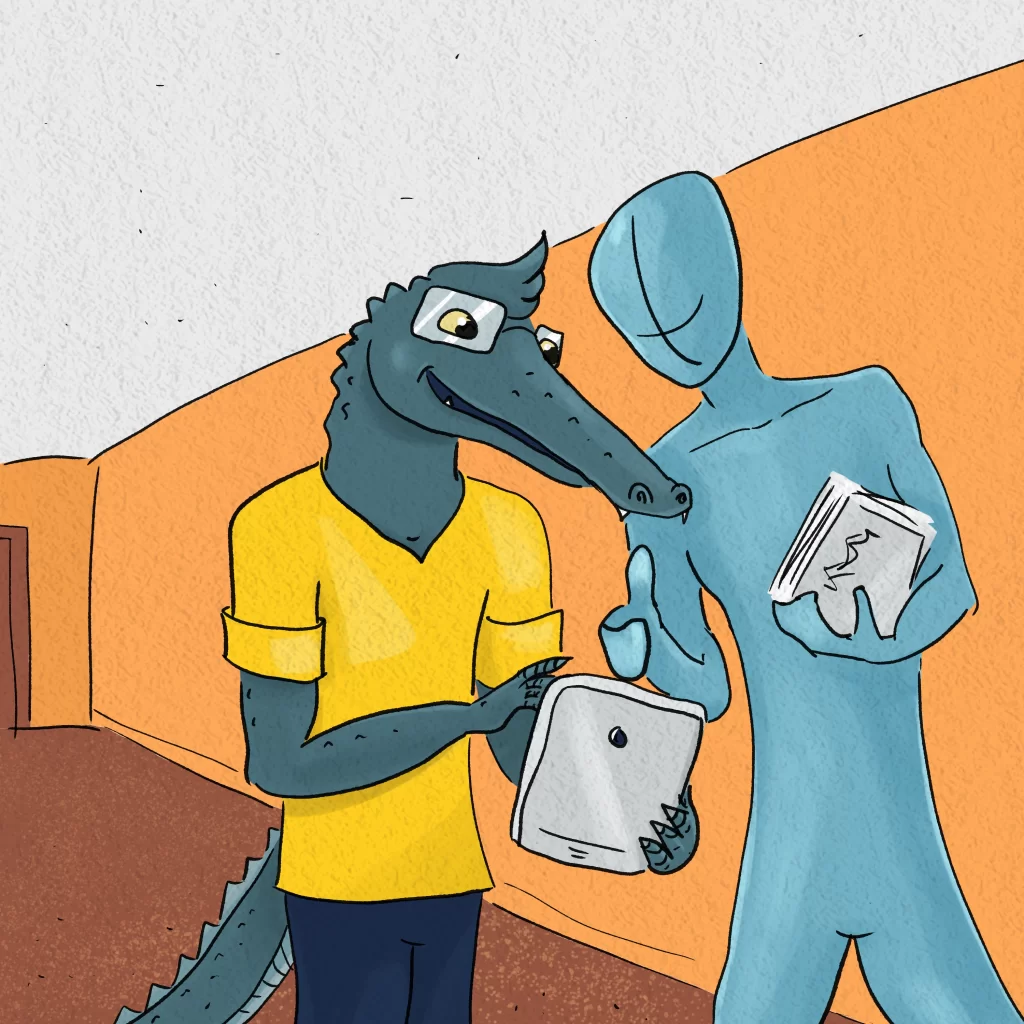
So Gary was able to resolve the issue that his bakery was having with humidity, but he was left wondering how to prevent similar communication problems in the future.
Reducing Not Invented Here Syndrome going forward
While Internet communication and ease of travel don’t eliminate NIH Syndrome to nearly the degree that we might hope they would, the aforementioned recent article from MIT Sloan does mention that exposing yourself and your contractors/employees to people from other organiztions or other locations of your own organization can help tremendously.
In particular?
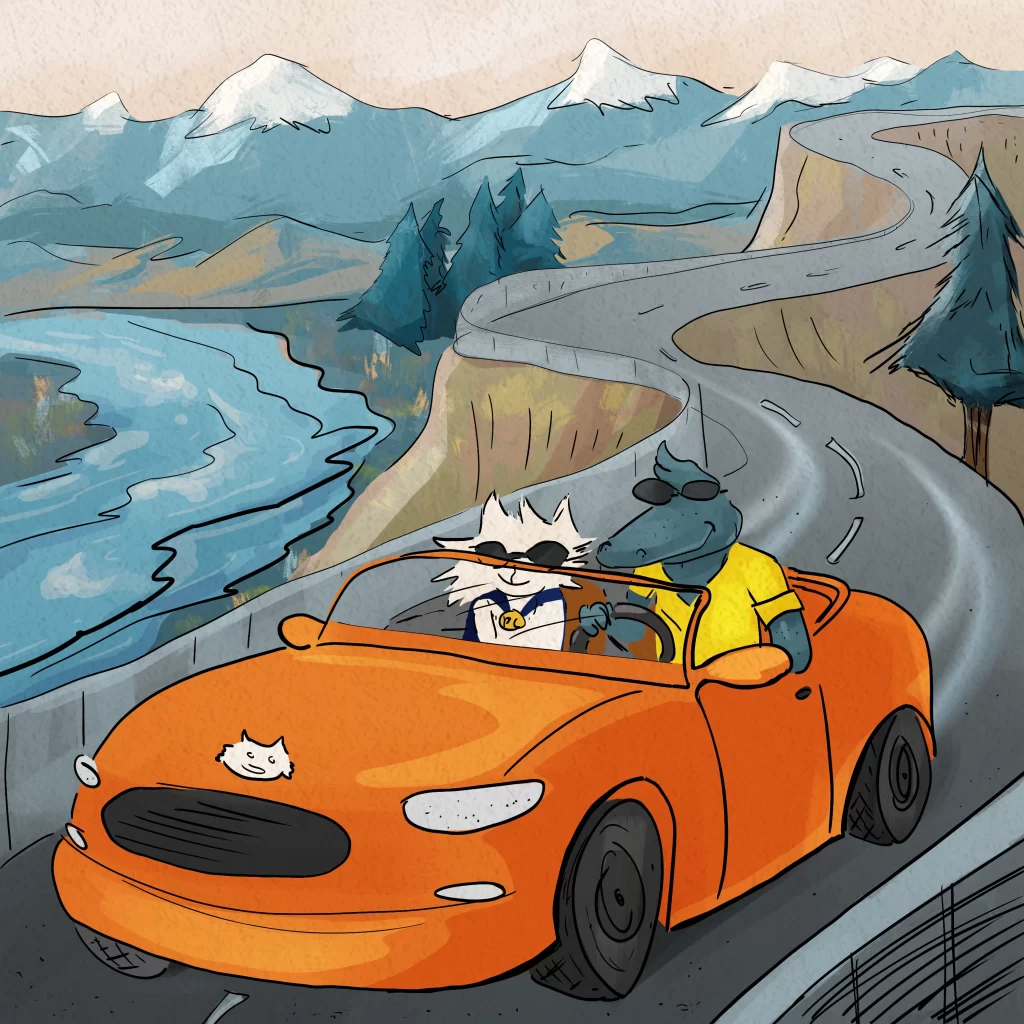
Weekly Challenge:
Look at any hurdles you’ve recently been facing in your own business. Could any of them benefit from considering ideas from outside? And be honest – are there any ideas that you’ve already dismissed too hastily because they came from another location or organization? If so, challenge yourself to reconsider them.
Anyway, come back next time for more discussion of manufacturing and general business topics!
